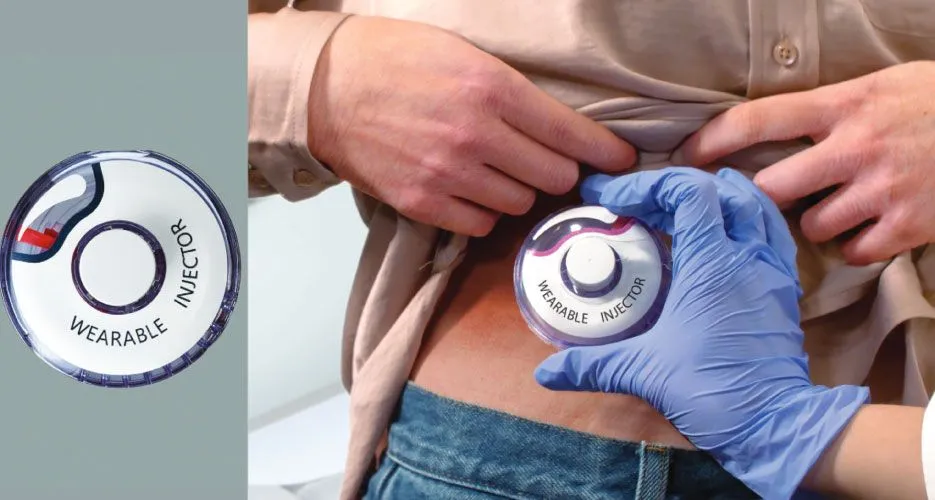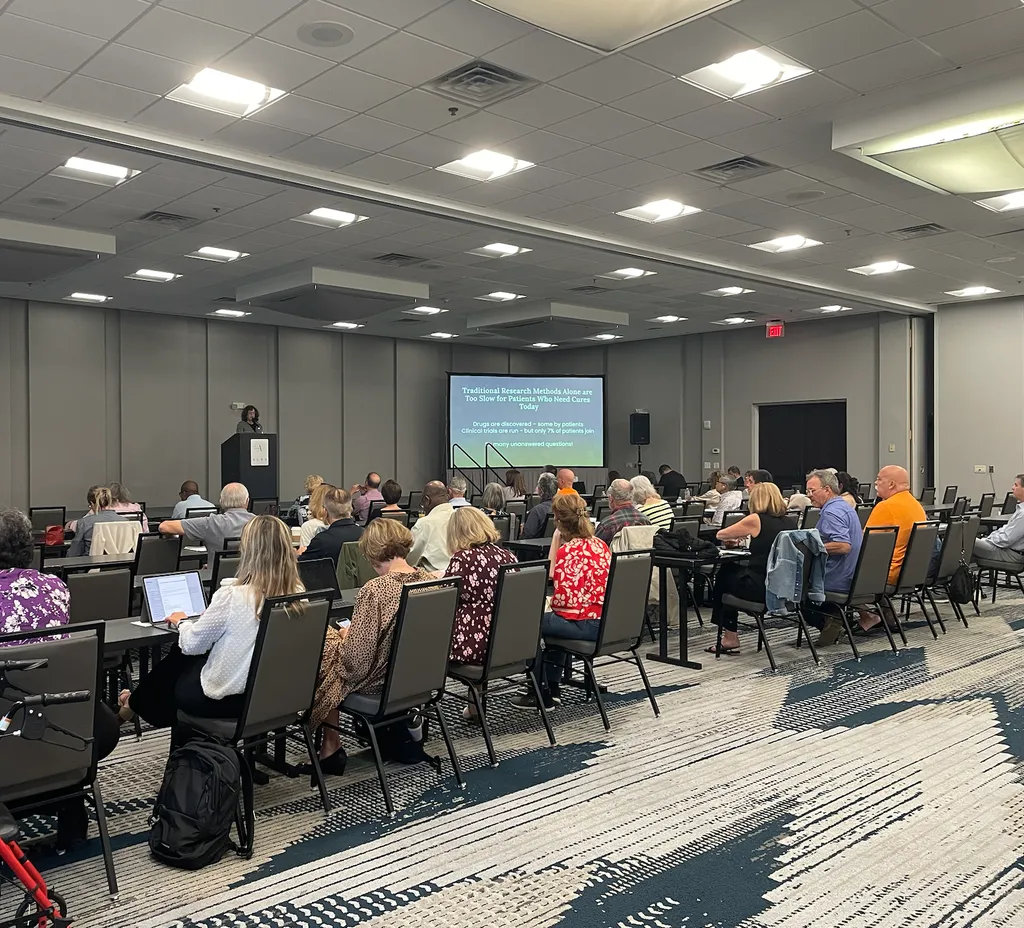For Elderly Myeloma Patients, The More Physically Fit, The Better The Outcomes

The International Myeloma Working Group has developed a scoring system that measured frailty in elderly patients with multiple myeloma and was able to accurately predict mortality and risk of toxicity.
"Chronological age, performance status, and physician's clinical judgment are not sufficient to characterize the frail population," wrote Antonio Palumbo, MD, of the University of Torino, Italy, and colleagues in Blood. "The geriatric assessment is a more sensitive predictor of clinical outcomes, and the proposed score may be adopted as a valid new standard to evaluate patients' frailty."
In their evaluation of this scoring system, Palumbo and colleagues conducted a pooled analysis of 869 patients newly diagnosed with multiple myeloma taken from three clinical trials. Each trial assessed patients for comorbidities, cognitive and physical status. Using this information plus the patient's age, the researchers developed a scoring system ranging from 0 to 5 to classify patients as fit, intermediate fitness, or as frail. With a median follow-up of 18 months, the 3-year overall survival was 84% in fit patients compared with 76% in intermediate fitness patients, and 57% in frail patients. The researchers found that even after adjustment for staging and treatment the frailty profiles were still associated with overall survival.
Patients of intermediate fitness also had a slightly increased risk for grade 3 or higher non-hematologic adverse events, and those classified as frail had a significantly increased risk.
The International Myeloma Working Group has developed a scoring system that measured frailty in elderly patients with multiple myeloma and was able to accurately predict mortality and risk of toxicity.
"Chronological age, performance status, and physician's clinical judgment are not sufficient to characterize the frail population," wrote Antonio Palumbo, MD, of the University of Torino, Italy, and colleagues in Blood. "The geriatric assessment is a more sensitive predictor of clinical outcomes, and the proposed score may be adopted as a valid new standard to evaluate patients' frailty."
In their evaluation of this scoring system, Palumbo and colleagues conducted a pooled analysis of 869 patients newly diagnosed with multiple myeloma taken from three clinical trials. Each trial assessed patients for comorbidities, cognitive and physical status. Using this information plus the patient's age, the researchers developed a scoring system ranging from 0 to 5 to classify patients as fit, intermediate fitness, or as frail. With a median follow-up of 18 months, the 3-year overall survival was 84% in fit patients compared with 76% in intermediate fitness patients, and 57% in frail patients. The researchers found that even after adjustment for staging and treatment the frailty profiles were still associated with overall survival.
Patients of intermediate fitness also had a slightly increased risk for grade 3 or higher non-hematologic adverse events, and those classified as frail had a significantly increased risk.

about the author
Lizzy Smith
Lizzy Smith was diagnosed with myeloma in 2012 at age 44. Within days, she left her job, ended her marriage, moved, and entered treatment. "To the extent I'm able, I want to prove that despite life's biggest challenges, it is possible to survive and come out stronger than ever," she says.
More on Treatment Advances
Trending Articles




Get the Latest Multiple Myeloma Updates, Delivered to You.
By subscribing to the HealthTree newsletter, you'll receive the latest research, treatment updates, and expert insights to help you navigate your health.











